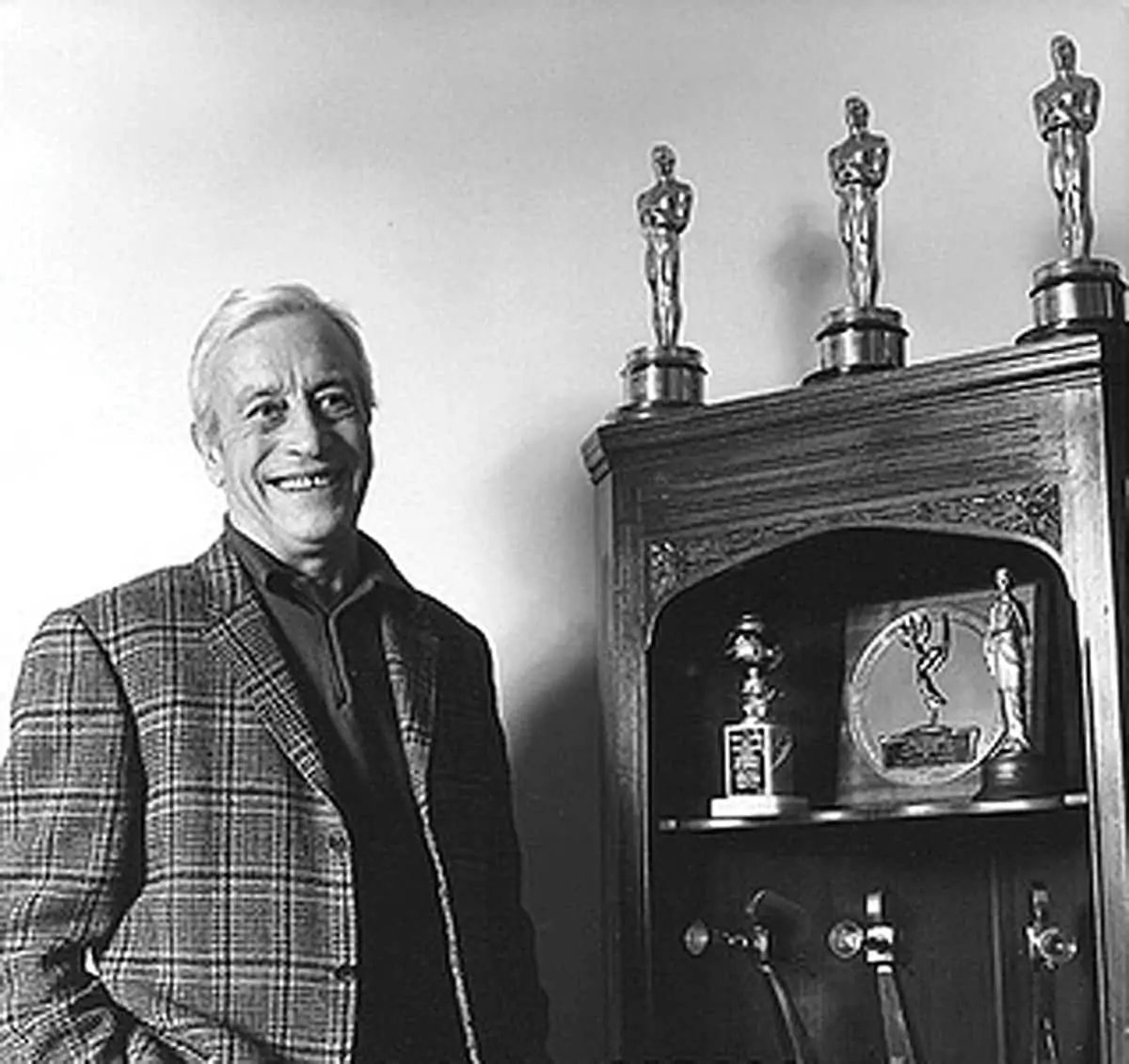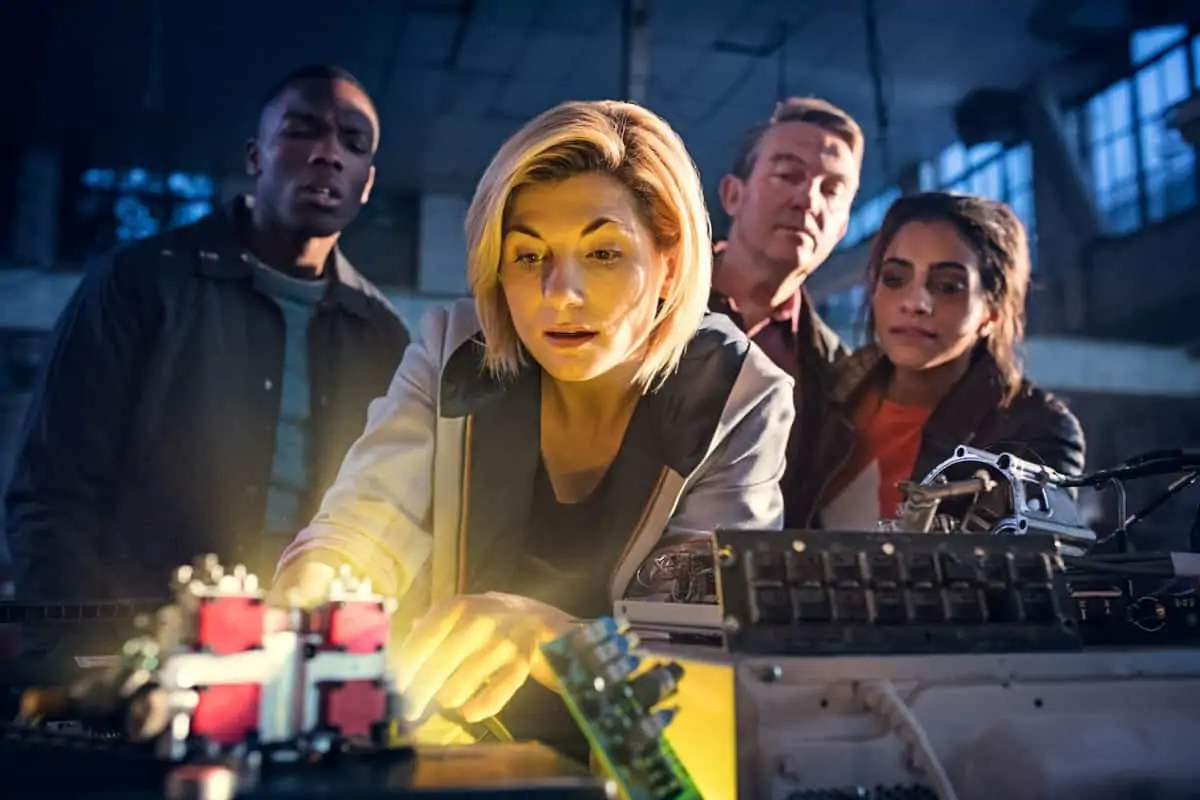A new dawn for the Doctor
When the opportunity to shoot one of Doctor Who’s 60th anniversary specials arose, sci-fi fan Mika Orasmaa FSC couldn’t turn down the chance to lens a giant of the genre.
“The Giggle”, the final episode in a trio of 60th anniversary specials, marked the arrival of the Fifteenth Doctor on the scene, played with panache by Ncuti Gatwa (Sex Education, Barbie). “The Giggle” also saw the return of a long-time Whovian antagonist, the Toymaker (Neil Patrick Harris), as well as a sad farewell to David Tennant’s Fourteenth Doctor and Catherine Tate’s Donna Noble.
How did you get involved with your Doctor Who special episode? Have you worked on the series before?
I’m a huge sci-fi fan and have shot sci-fi films before, so I was absolutely thrilled when the director Chanya Button asked me to come and shoot a special episode for the legendary Doctor Who.

What appealed to you about lensing the Time Lord’s latest outing?
I was blown away when I read the brilliant script by Russell T Davies. Every scene was very different from each other and technically challenging. I didn’t know how we were going to achieve many of them, and that challenge always intrigues me a lot.
On one day we had a classic 1925 scene with all the period costumes, cars and props, and the next day we were shooting a big action scene in a modern-day London street built in Bristol with hundreds of extras, stunts, crashing and burning vehicles, wind, fire and smoke SFX with multiple cameras. Then the very next day we had full human-size puppets and several baby doll puppets, all animated live in camera by a brilliant team of puppeteers. The episode was very ambitious and fun to work on.
Tell us about your collaboration with your episode’s director, Chanya Button. What made your work together so successful?
We became good friends on our previous, also very ambitious, BBC show World on Fire. We also both like to plan a lot to avoid some of the bumps in the road. Chanya knows exactly what she wants and I can completely trust her and very openly offer different ideas. She is such a professional and yet very fun to be with on set and she creates a lovely, creative atmosphere.
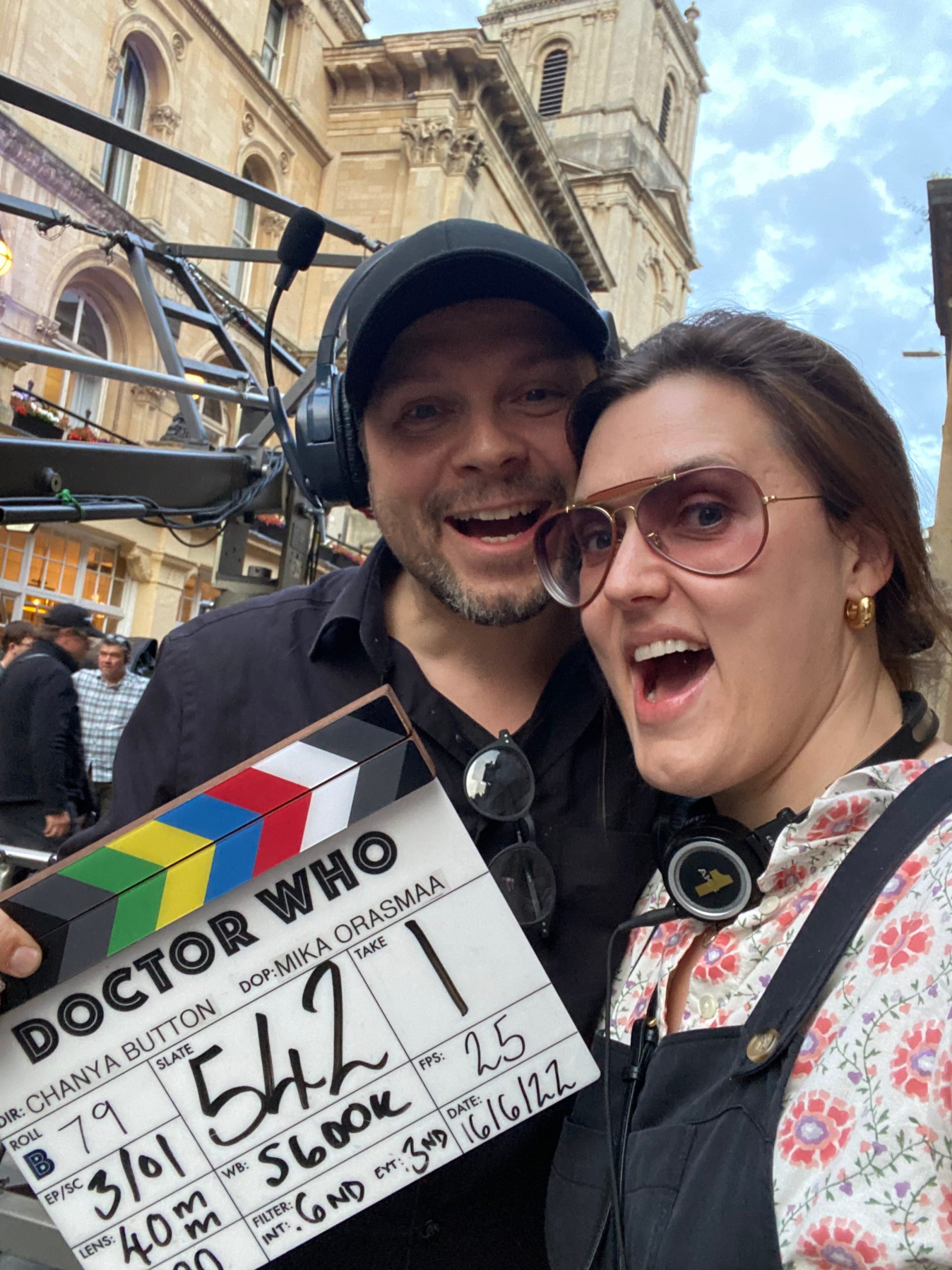
Take us back to your initial conversations with the director. What was their vision for the episode and what new ideas or perspectives did you bring to the table?
I always love to move the camera a lot and in our episode there are quite a lot of action heavy scenes. Both of us wanted to give our episode a lot of energy, colour and light. Our showrunner Russell T Davies also wants to keep the show very bright and colourful and so we clicked very easily.
Can you run us through your prep? How long did you have and how did you use it?
I had six weeks of prep time before four weeks of principal filming. We needed every minute of the prep time as we had so many complicated scenes to plan. We were privileged to have Dan May and his brilliant previsualisation company Painting Practice to help us on creating a lot of concept art, storyboards and previs animations for almost all our scenes. I also drew some of our storyboards, drew shot lists for each day and planned a dozen different lighting diagrams.
I love how during Doctor Who prep there is a brilliant and very dedicated team – a beautifully built machine, which helps you to create detailed presentation of how the episode will look. Two weeks before filming we had a tone meeting with showrunner Russell T Davies, all the HODs and the producers where we walked through our episode and talked through every aspect of it well before the start of the filming.
When and where did filming take place?
We were mainly filming in Cardiff at the Bad Wolf studios in June and July 2022. At the studio lot we had 10 different sets built in five different studios and a helipad set was built to the studio backlot. We also shot some location work in Bristol and around in Cardiff.
What did your camera package comprise and why was this kit chosen?
Our main cameras were ARRI Alexa Minis and occasionally I used a Sony A7 RIIIs as a crash cam or on a difficult rigging. Our lens kit included Zeiss Supreme Primes and for the 1925 scenes I occasionally used Kowa Anamorphics. For the B-cam, which I also sometimes operate myself, I usually chose Angénieux Optimo Ultra 24-290mm which gives an amazing range. Most of the time we used two cameras and on heavier days we were added third and fourth cameras into the mix.
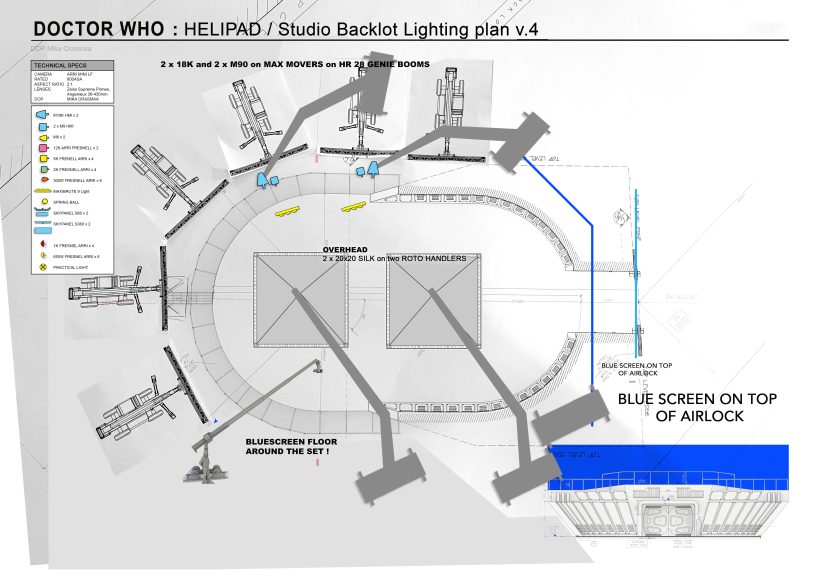

How did you use framing and composition to aid the storytelling?
Moving the camera was our main goal and keeping everything as energetic as possible. But it wouldn’t work if there is no motivation for the camera to move. Luckily with the brilliant cast led by David Tennant, who is constantly moving, it was really wasn’t that hard to motivate the camera to move. My instinct usually tends to take me to a more moody and desaturated look, so I had to constantly remind myself to be brave on the lighting and also use more colours than I might normally. I loved the challenge and learned a lot.
What was your approach to lighting?
I usually start my prep by collecting tonnes of references from various films and TV shows plus paintings and photographs. Then I share all these ideas with the director to discuss with. That will eventually lead us to a visual bible which includes a lot of references for the lighting, colour and mood for each scene.

How did you collaborate with the VFX team to achieve the show’s visual splendour?
What helped us a lot was that we previsualised almost every scene beforehand with Dan May and the Painting Practice people and followed these plans during the filming. On the filming days we had the brilliant VFX on-set supervisor Des Anwar watching over us. With Des it’s always a great collaboration on the day and a relaxed atmosphere to modify our plans if we needed or wanted to.

What was the most technically challenging scene/sequence/shot to capture and how did you pull it off?
It feels like every day we were thrown into a different and lovely challenge. The human size and baby doll size puppeteering needed some heavy storyboarding and planning beforehand, and we ended up also using a 2nd unit for some of the more time consuming shots.
We had a big musical scene with some 50 shots to achieve in one day during which Neil Patrick Harris is doing all his dancing himself for full 10 hours. We had a great choreographer Tim Jackson with whom we rehearsed the scene a lot. I shot it with my iPhone, edited it and eventually we created a storyboard and some previz animations of it.
We also had a big finale action scene where Neil Patrick Harris, David Tennant and Ncuti Gatwa are playing against each other by throwing a ball where we had some 70-plus shots to shoot in one day on a studio backlot while the weather was changing all the time.
One of the most complicated shots we created was the bi-generation, where the Doctor splits in two. When director Chanya asked me if I have any ideas for the bi-generation I hesitated to share my idea because I knew how difficult it would be to achieve it technically. In the end Chanya insisted that we would do the shot as I envisioned it and she was the one who fought the hardest to keep the shot even though every department said how difficult it would be. On the shoot we have camera moving over David Tennant (Fourteenth Doctor) and doing a half circle while he splits into both the Fourteenth and Fifteenth Doctor (played by Ncuti Gatwa) We had a Technodolly so that we could repeat the camera movement identically with David and then with Ncuti. What didn’t make shooting any easier was that we had an elevated set build in the studio backlot which had to be reinforced for the heavy Technodolly crane. We also had to keep the lighting consistent between the takes.
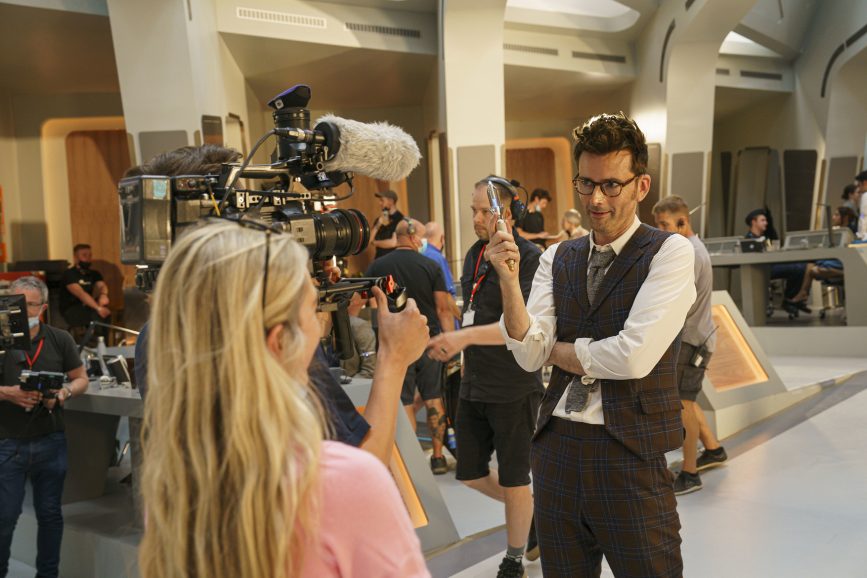
Who did the grade and how involved were you in it?
Our colourist was hugely talented Gareth Spensley at Company 3. How I approach the grade is that again I collected a vast amount of references of the look and feel we’re aiming towards. Some of these references we have already selected for the shooting bible. For each scene I tried to find and select three different look approaches, mainly for discussion with the director to choose from. Along with the references I explain what the specific differences are between them and even if I have a preferred one, I don’t want to push it at this point, but rather want to create a discussion which one is the right approach for us.
What did you enjoy most about the shoot?
I enjoyed the complexity of the shoot and the variety of different environments, settings and action we had. Only on two of the biggest sets did we spend more than one day and it was quite a task to move over to a new set almost every day. Again, I tremendously enjoyed working with director Chanya Button and also the brilliant crew they have on Doctor Who. You can see that everyone working on Doctor Who loves the show and it feels like a family.
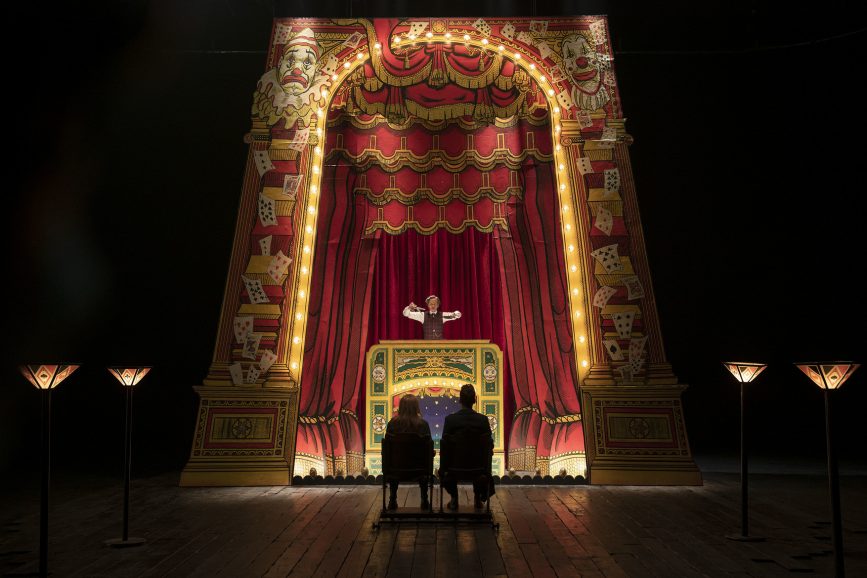
Are there any crew members not yet mentioned that you’d like to highlight?
I’d like to mention my brilliant A-cam/Steadicam operators Mihalis Margaritis and Martin Stevenson, my gaffer Scott Smallwood and his team plus the most amazing rigging gaffer Chris Kiley and his team, without whom we couldn’t shoot anything and of course key grip Bobby Williams who is not only one of the most talented grips I’ve worked with but also a good singer on set and has a lovely personality.

